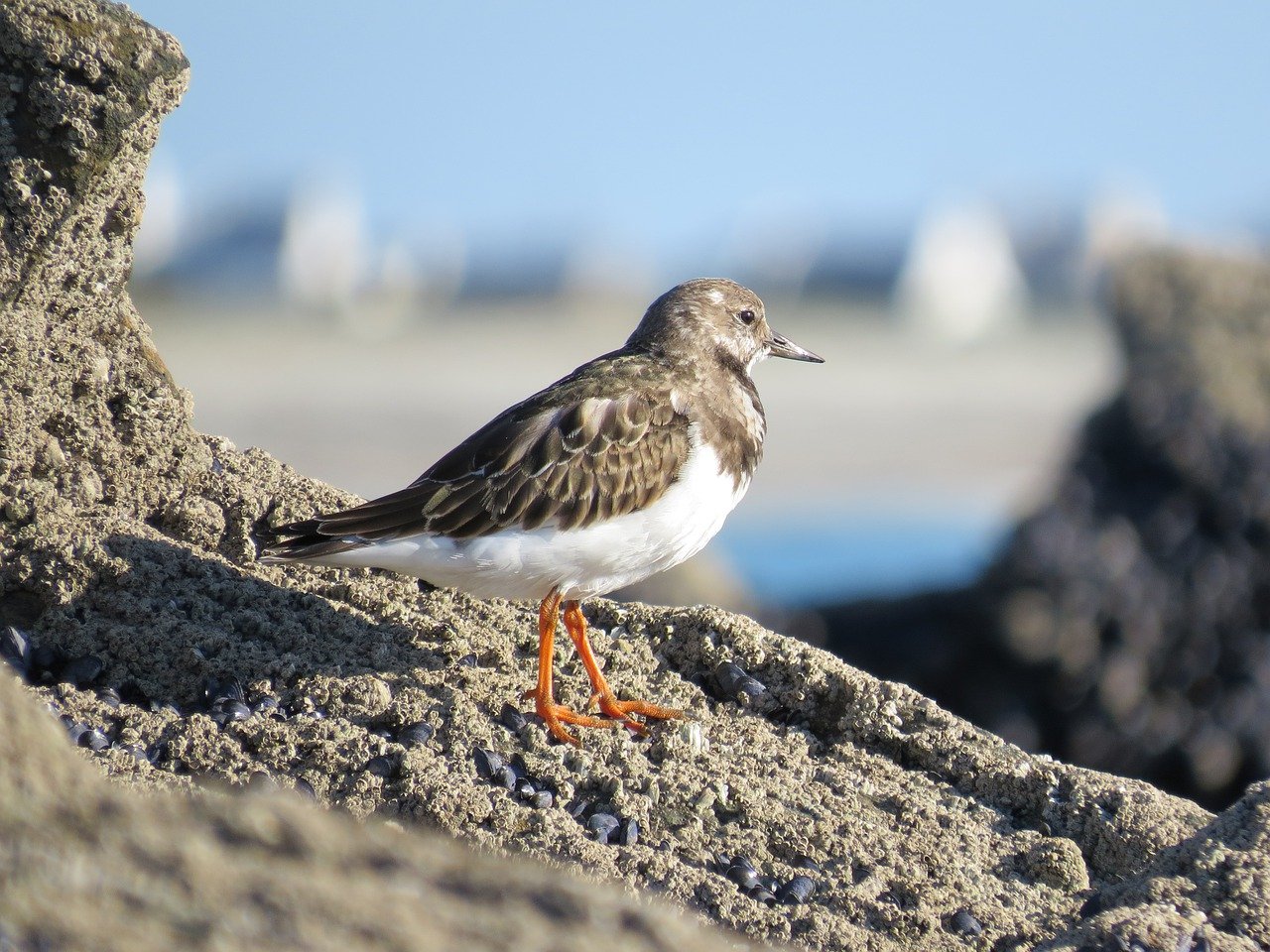Biometrics of Turnstone Arenaria interpres migrating in autumn through the Gulf of Gdańsk region
DOI:
https://doi.org/10.34080/os.v11.22856Keywords:
fat storage, migration timing, sexual dimorphism, intraspecific variation, age differences, phenologyAbstract
In this study we analyse biometrical data of 69 adult and 389 juvenile Turnstones Arenaria interpres caught during autumn migration when passing through the Gulf of Gdańsk in the period 1983—1999. Adults had significantly longer wings than juveniles. Mean values of other measurements did not differ significantly between the age classes. Adults migrating early were larger than those passing the study area later. These earlier and larger migrants are regarded as females, which leave nesting areas before the somewhat smaller males. Data obtained from 67 juvenile Turnstones caught at least twice in the same season showed that juvenile Turnstones may have more than one migration strategy when departing from the Gulf of Gdańsk. Some of them behave as energy minimising migrants and migrate with low fat reserves in small steps. The others stay longer, build up large energy reserves (up to 50% of their initial body mass) and are probably able to reach West Africa in one flight.
Downloads

Downloads
Published
How to Cite
Issue
Section
License
The copyright of each contribution belongs to the author(s), but all contributions are published under a Creative Commons license, so that anyone is free to share and reuse the contribution as long as the copyright holder is attributed.







